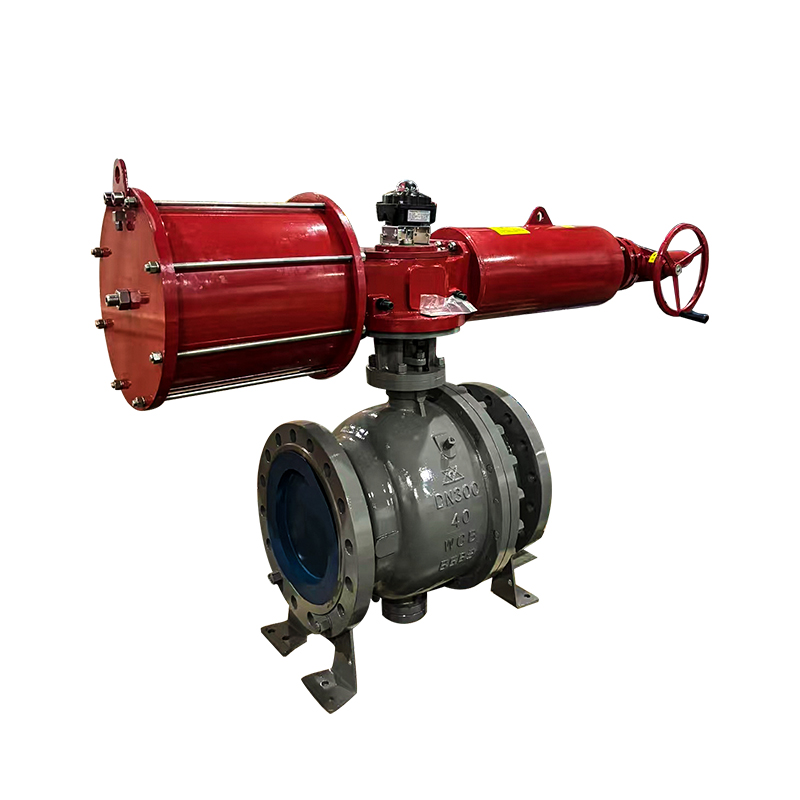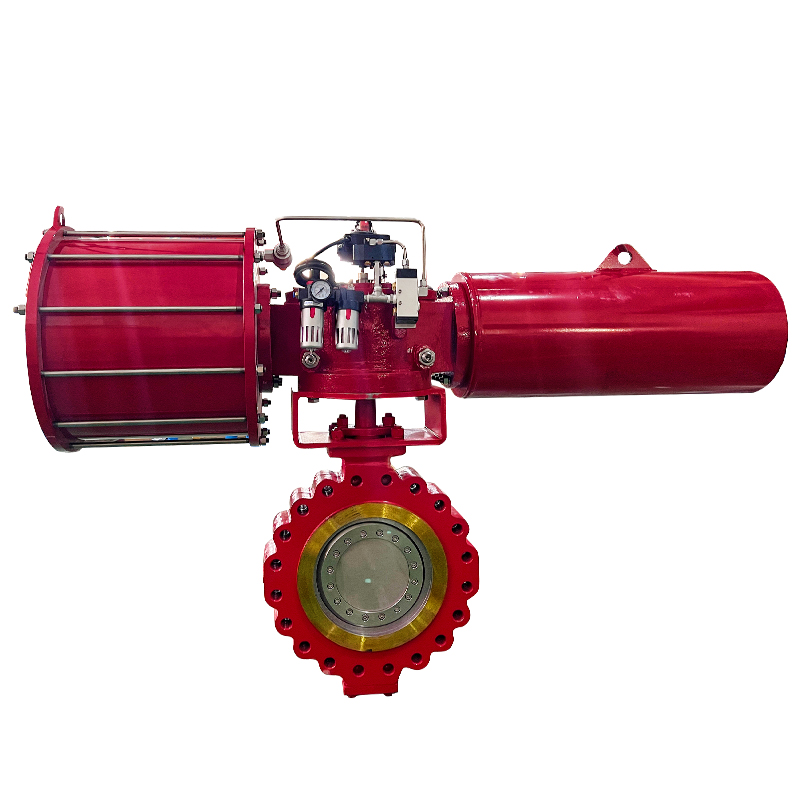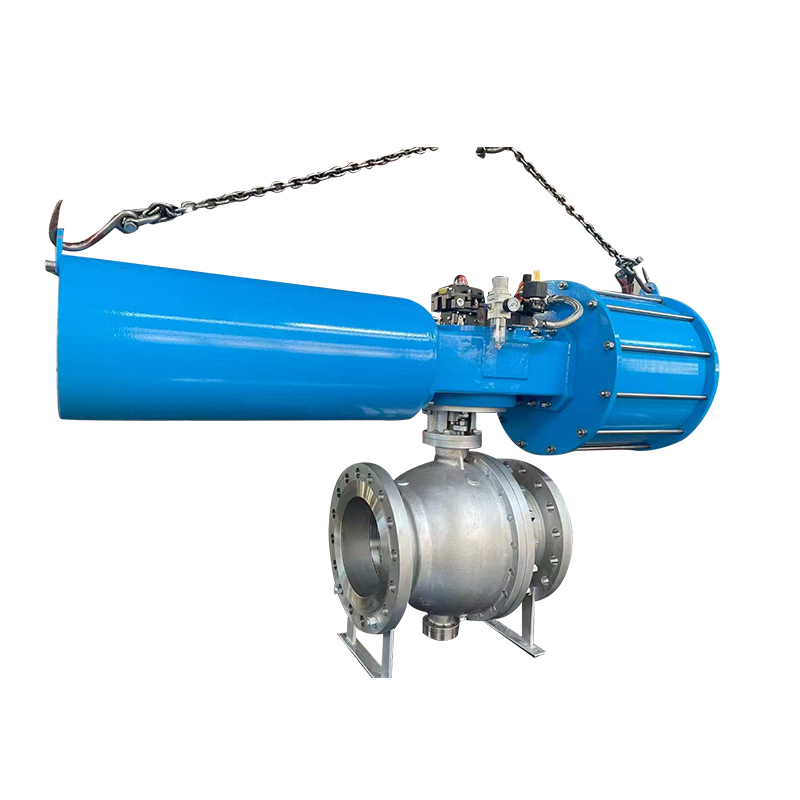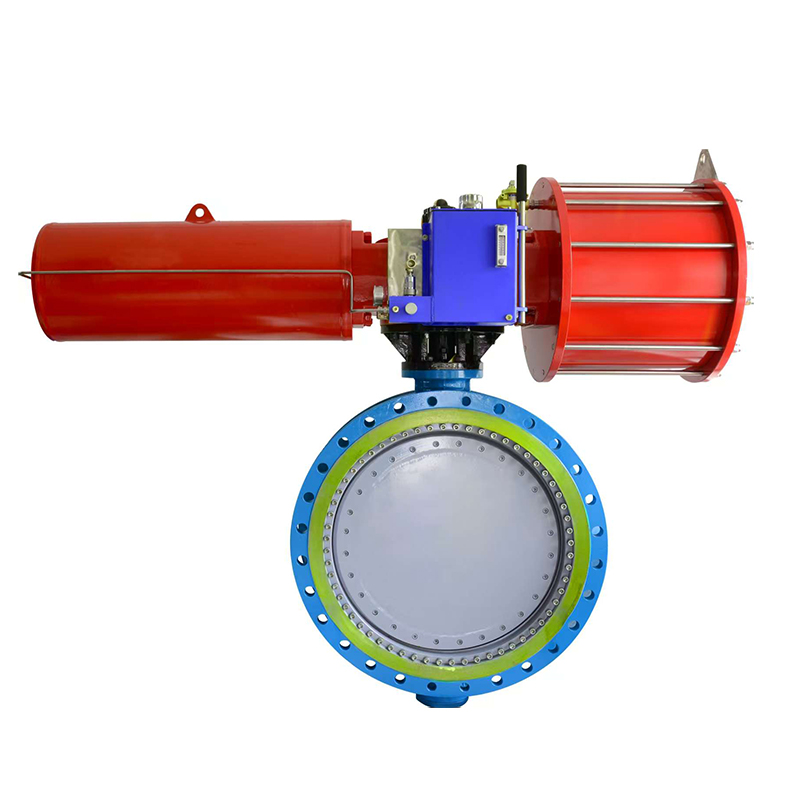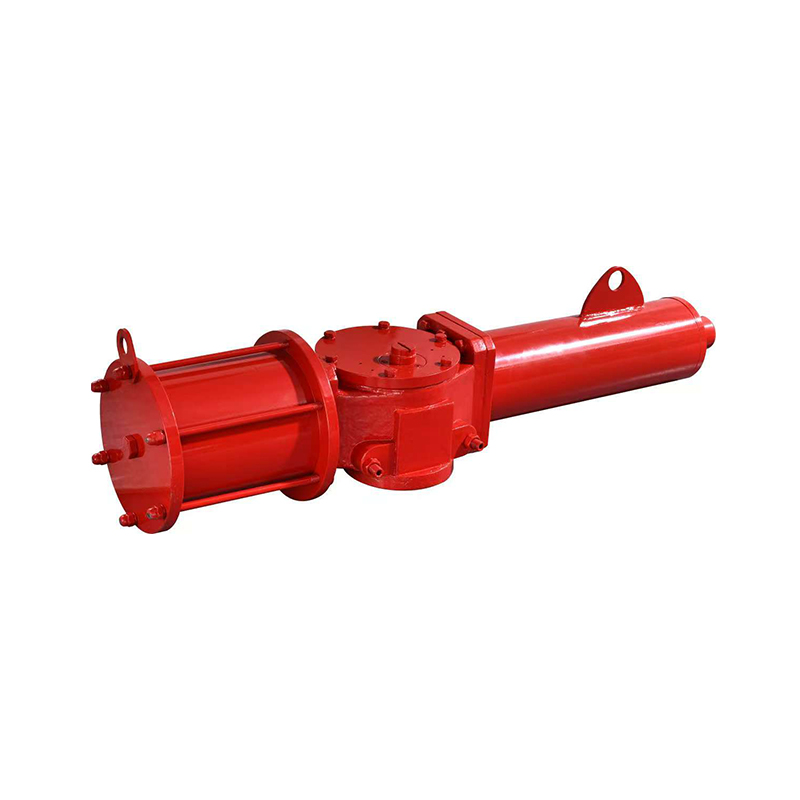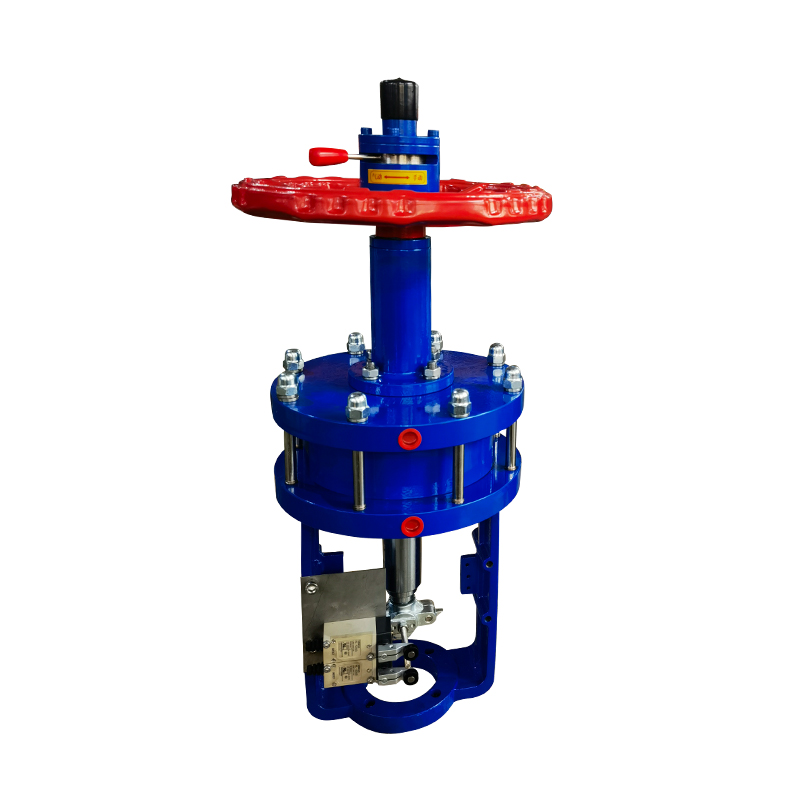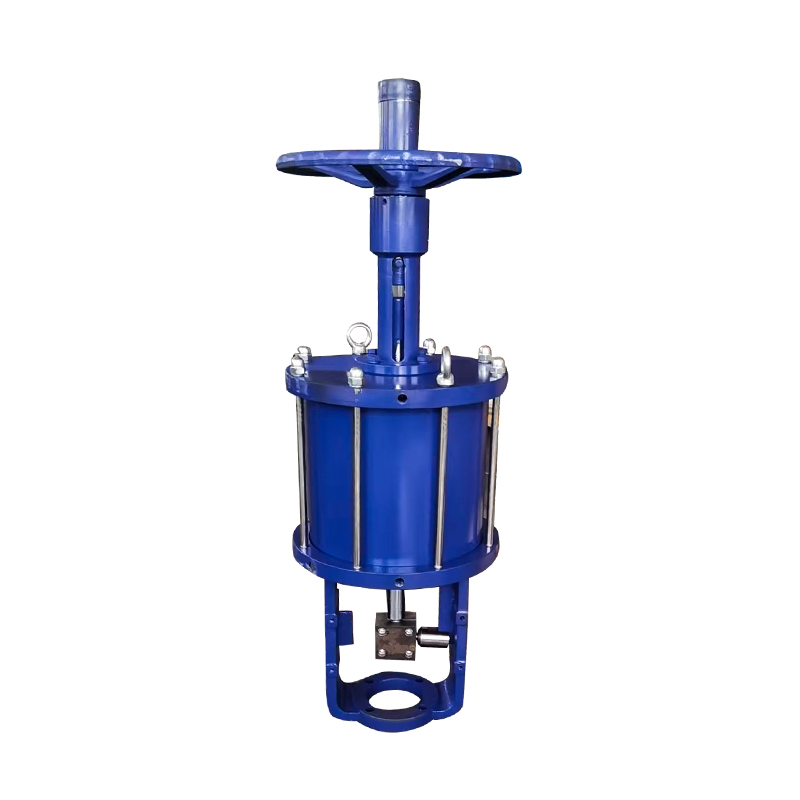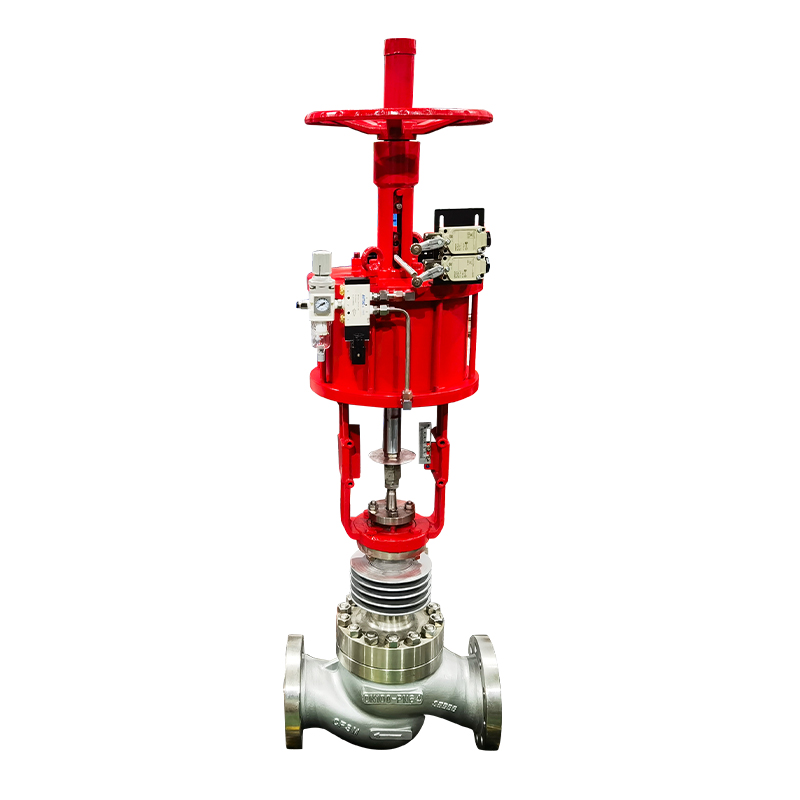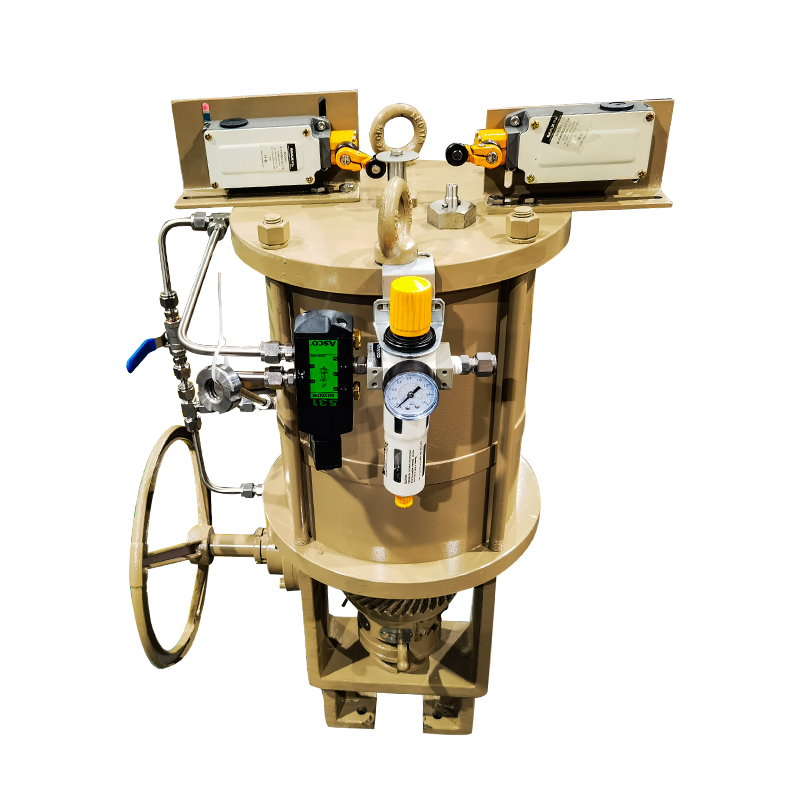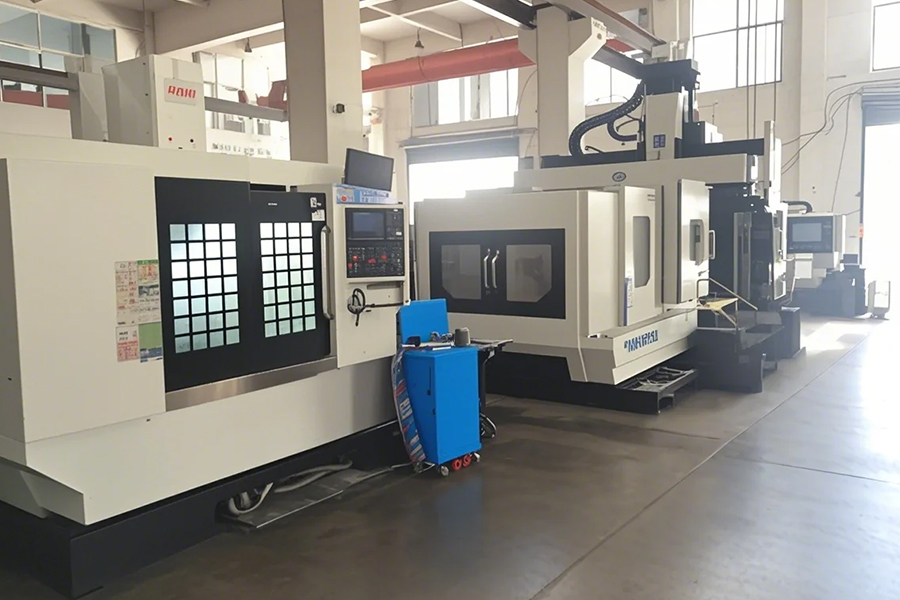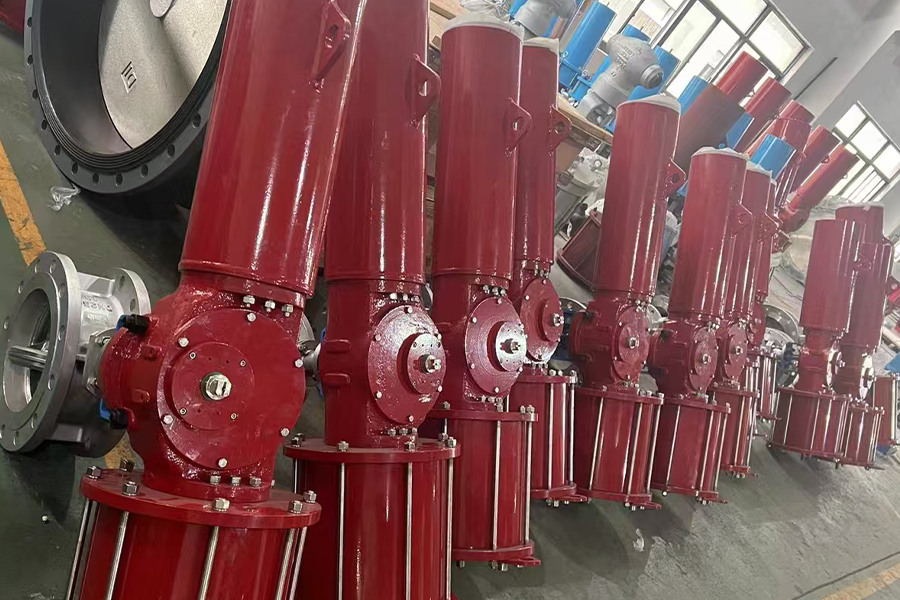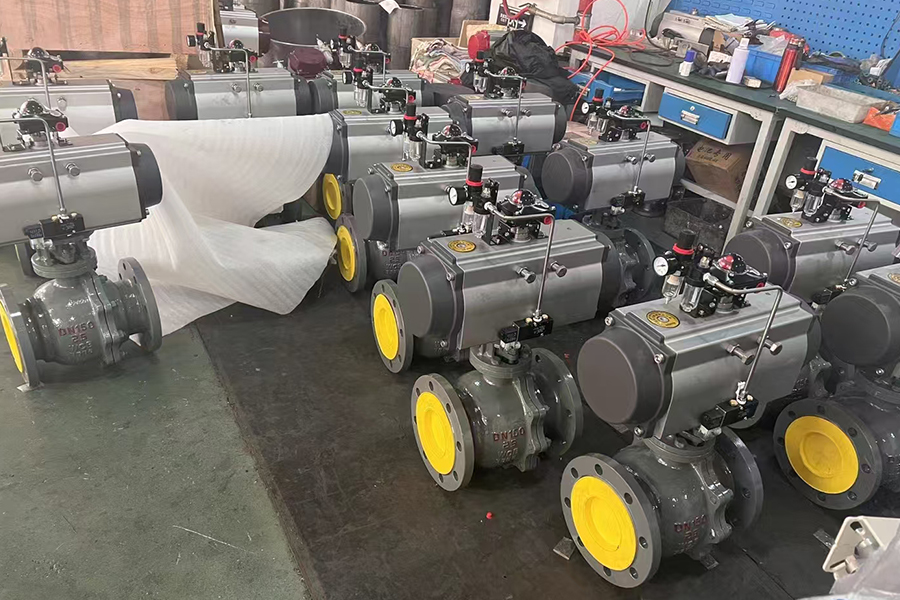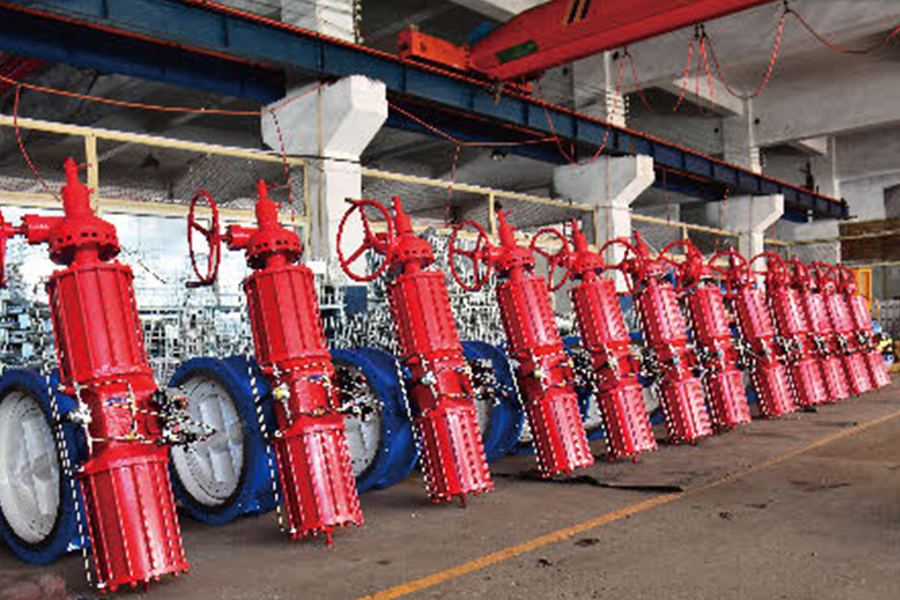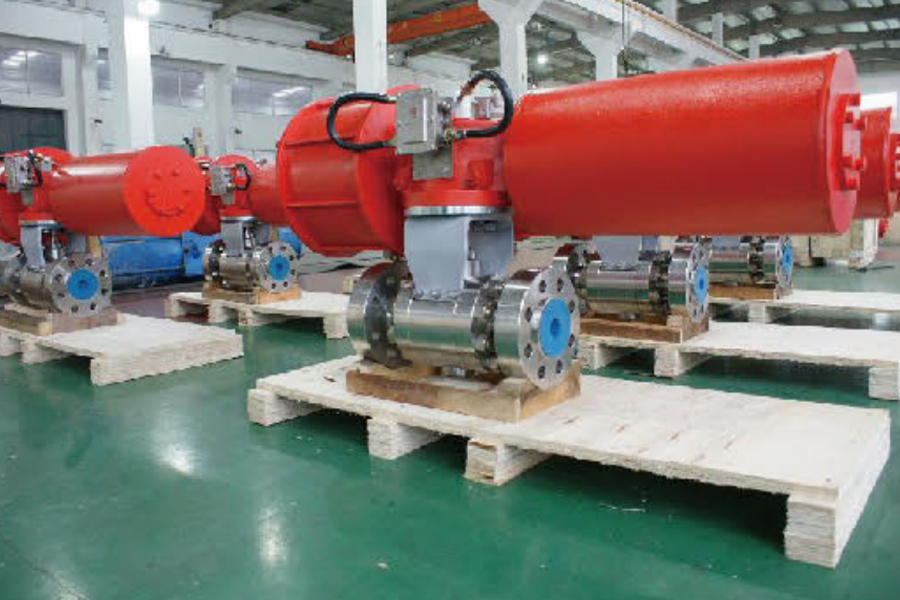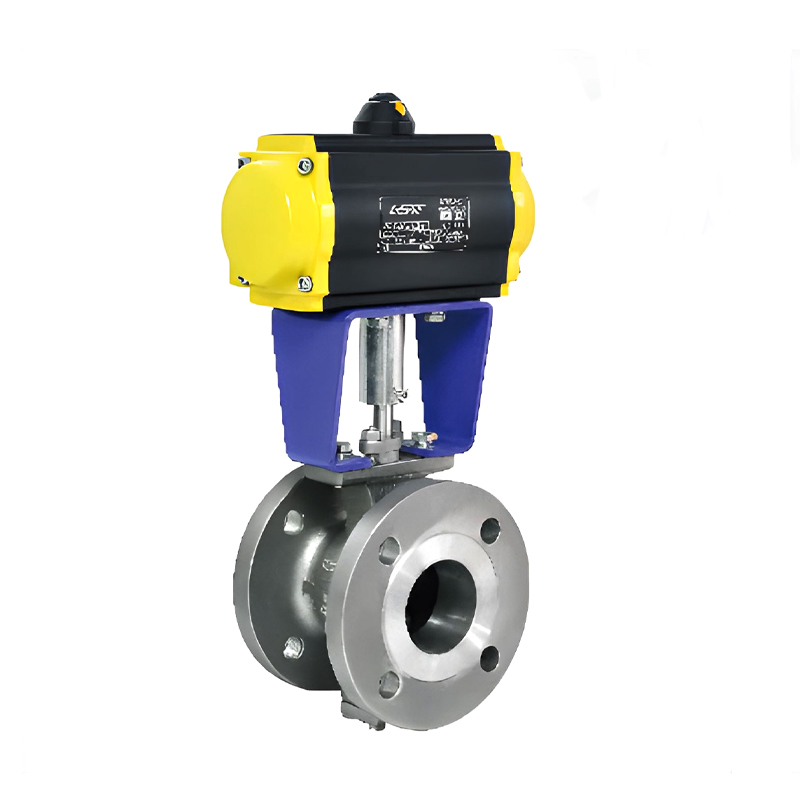
Pneumatic ball valves have become increasingly popular in industrial automation due to their efficiency, reliability, and ease of operation. These valves combine the benefits of ball valve design with pneumatic actuation, providing effective flow control for a wide range of applications. Understanding the advantages of pneumatic ball valves helps industries choose the right components for their automated systems and improve overall productivity.
One significant advantage of pneumatic ball valves is their ability to operate quickly and reliably. Pneumatic actuation uses compressed air to open or close the valve, which allows for fast response times compared to manual or some electric actuators. This rapid operation is beneficial in automated processes where precise timing and control are necessary. Additionally, the simple design of pneumatic ball valves means fewer moving parts, which often translates to less maintenance and lower risk of mechanical failure.
Another benefit of pneumatic ball valves is their suitability for use in hazardous or explosive environments. Since these valves use air pressure instead of electrical power, they reduce the risk of sparks that could ignite flammable gases or dust. This makes pneumatic ball valves a safer option in industries such as oil and gas, chemical processing, and mining, where safety considerations are critical.
Pneumatic ball valves also offer robust sealing capabilities, which are essential in maintaining leak-tight performance in industrial systems. The ball design allows for tight shutoff, minimizing fluid loss and preventing contamination between different process streams. The pneumatic actuator ensures consistent force is applied to the ball, enhancing the reliability of the seal even under varying pressure conditions. This reliable sealing helps maintain system integrity and efficiency.
The versatility of pneumatic ball valves is another advantage that contributes to their popularity in industrial automation. These valves can handle a wide range of fluids, including gases, liquids, and slurries, making them suitable for diverse applications. Their construction materials and sealing options can be tailored to meet specific industry requirements, such as corrosion resistance or high temperature tolerance. This adaptability allows pneumatic ball valves to be integrated into different automated systems with ease.
Energy efficiency is also a consideration when choosing pneumatic ball valves. Although pneumatic systems require compressed air, advances in valve design and actuator technology have improved the overall efficiency of these valves. Pneumatic ball valves generally consume less energy during operation compared to hydraulic systems, and they do not generate heat like some electric actuators. This can reduce operational costs and environmental impact over time.
Maintenance and installation of pneumatic ball valves tend to be straightforward. The compact and modular design of many pneumatic ball valves allows for easy integration into existing systems and simplifies servicing. Replacement of seals or other components can often be done without removing the entire valve, which minimizes downtime and supports continuous operation in automated processes.
Pneumatic ball valves offer several advantages in industrial automation, including fast and reliable operation, safety in hazardous environments, strong sealing performance, versatility in handling different fluids, energy efficiency, and ease of maintenance. These features make pneumatic ball valves a practical choice for many industries seeking dependable and efficient valve solutions in their automated systems. Choosing pneumatic ball valves can contribute to smoother operations, improved safety, and reduced costs in various industrial applications.








